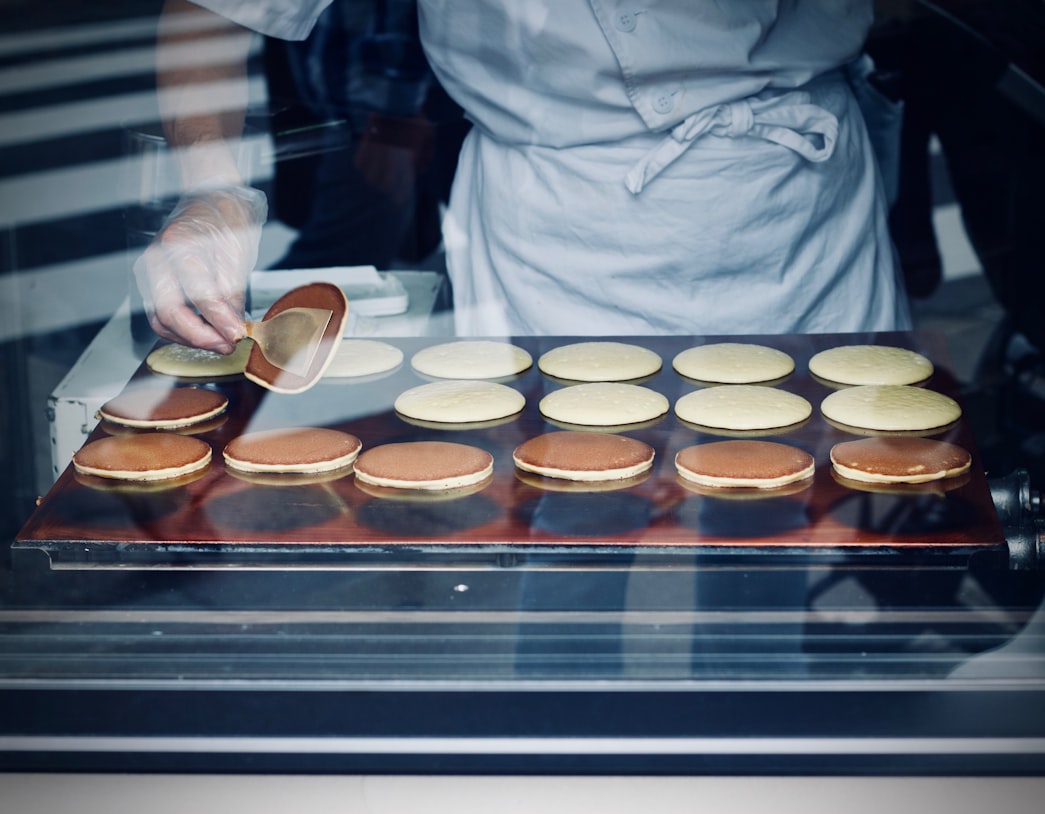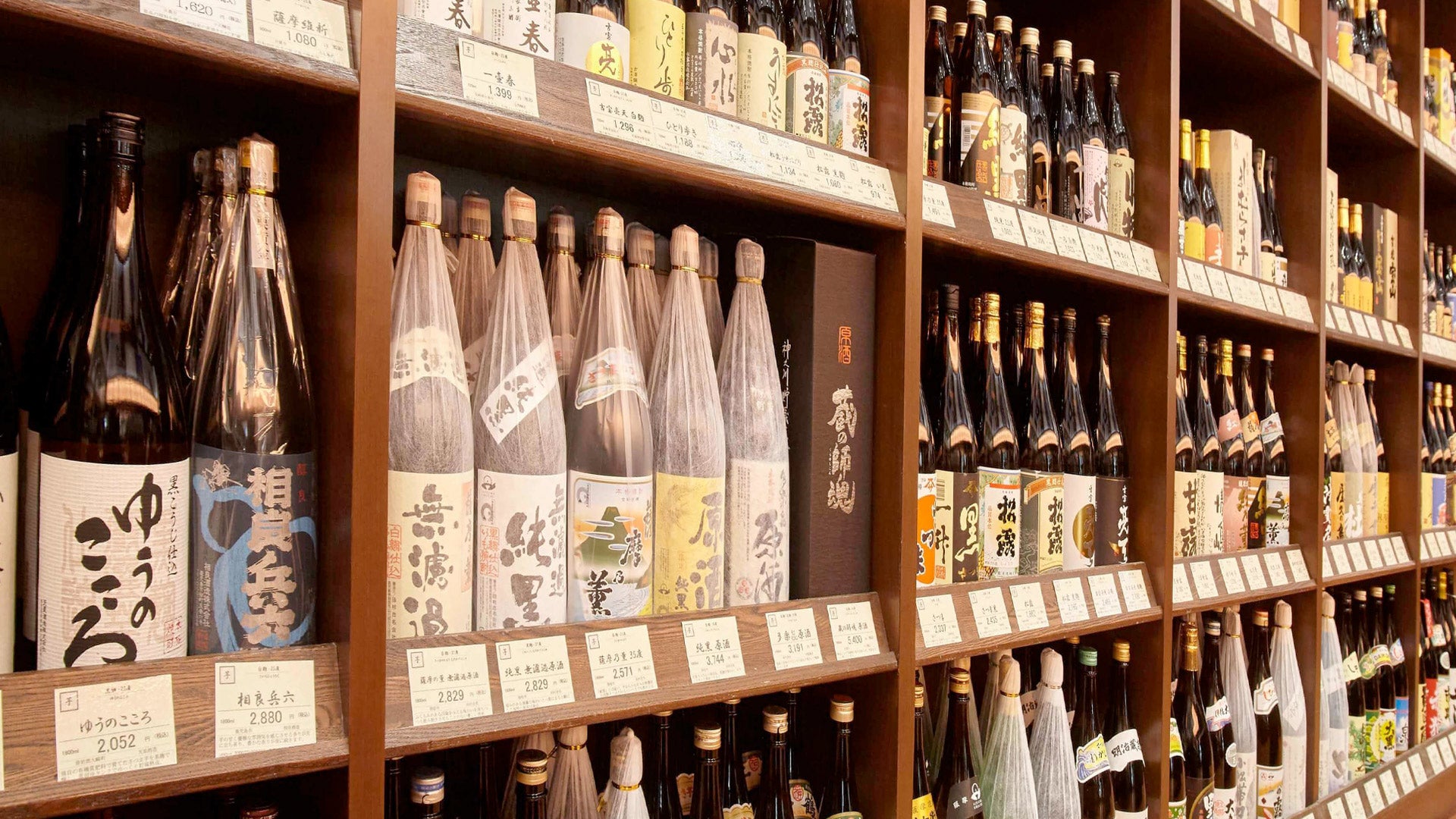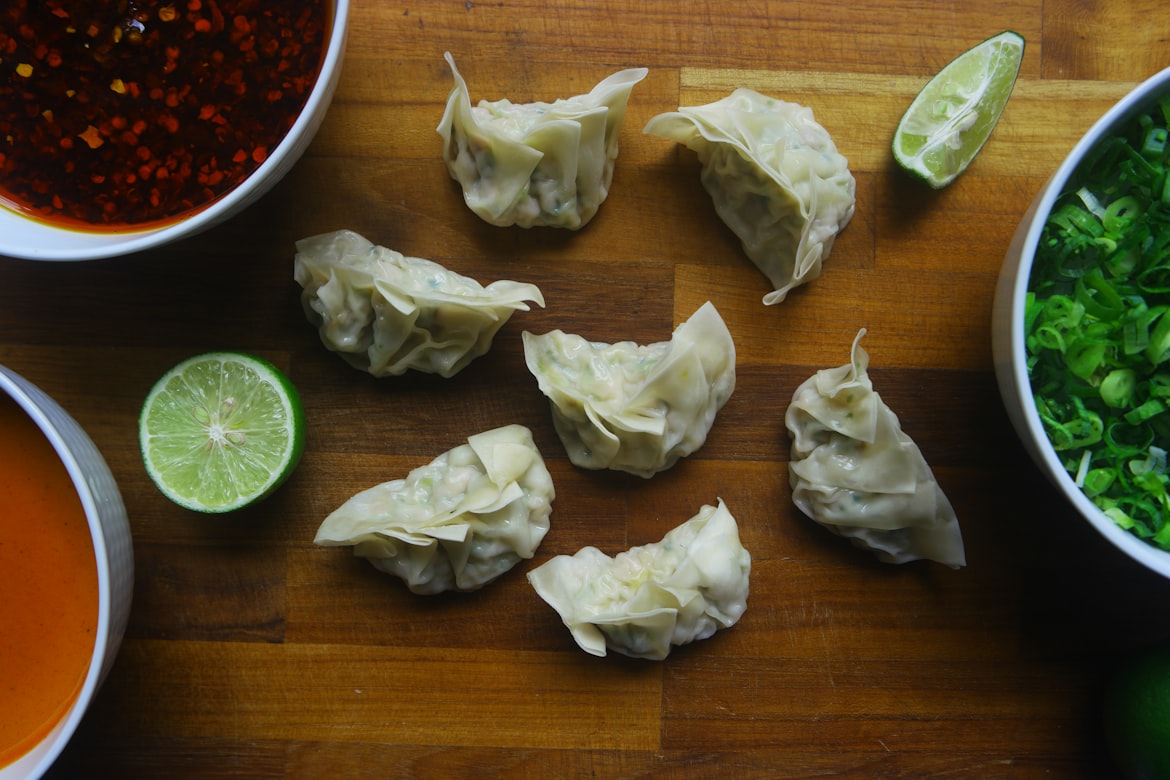Indulge in the enchanting world of Sakuramochi, where the delicate flavors of sweet rice cakes blend with the ephemeral beauty of cherry blossoms. A springtime delicacy in Japan, Sakuramochi encapsulates the essence of the season, offering a sensory experience that combines taste, aroma, and cultural tradition. Join us as we uncover the origins, significance, and the evolving food trend that surrounds the captivating world of Sakuramochi.
Origins of Sakuramochi
Seasonal Celebration
Sakuramochi is deeply rooted in the celebration of spring and the fleeting beauty of cherry blossoms, or sakura. This traditional Japanese confection is particularly popular during Hanami, the custom of appreciating cherry blossoms by picnicking under blooming trees.
Historical Significance
Historically, mochi (sweet rice cake) has been a staple in Japanese cuisine. The inclusion of sakura leaves in the preparation of Sakuramochi not only imparts a distinctive flavor but also carries cultural symbolism, as cherry blossoms are revered in Japanese culture for their transient beauty.
Significance of Sakuramochi
Varied Preparations
Sakuramochi comes in two main varieties: Domyoji and Chomeiji. Domyoji Sakuramochi, originating from the Domyoji region in Osaka, features sweet rice cake filled with sweet red bean paste and wrapped in a salted cherry leaf. Chomeiji Sakuramochi, hailing from the Chomeiji Temple in Tokyo, is characterized by a pink-colored mochi exterior, sweet red bean filling, and a pickled cherry leaf.
Aesthetic Appeal
The inclusion of cherry leaves in Sakuramochi is not just for flavor; it adds an aesthetic charm to the confection. The leaves are pickled in salt barrels, imparting a subtle salty taste to the mochi while enhancing its visual appeal with the natural colors of pink and green.
Food Trend: Sakuramochi Modernization
While Sakuramochi has deep roots in tradition, a contemporary food trend is emerging, focusing on modernizing the confection to cater to evolving tastes and preferences.
Creative Fillings
Modern Sakuramochi creations explore a wide array of innovative fillings beyond the traditional sweet red bean paste. From matcha-flavored fillings to fruit-infused varieties, contemporary Sakuramochi offerings aim to surprise and delight with diverse flavor profiles.
Fusion Desserts
Sakuramochi has found its way into various fusion desserts. Chefs and dessert artisans are incorporating Sakuramochi elements into ice creams, parfaits, and even Western-style cakes, introducing the delicate cherry blossom flavors to a broader audience.
Artisanal Sakuramochi
Artisanal Sakuramochi makers are gaining recognition for their commitment to quality ingredients and craftsmanship. These establishments often focus on handcrafting Sakuramochi with precision, using premium rice and innovative fillings to create a balance between tradition and modernity.
Where to Experience Sakuramochi Dreams
For those eager to immerse themselves in the world of Sakuramochi Dreams, various culinary destinations and events provide opportunities to savor this delightful confection.
Traditional Wagashi Shops
In Japan, traditional wagashi shops, specializing in Japanese sweets, are ideal places to experience authentic Sakuramochi. These establishments often source high-quality ingredients, and their Sakuramochi reflects a dedication to preserving the traditional art of Japanese confectionery.
Contemporary Dessert Cafés
Contemporary dessert cafés, especially in urban centers, are incorporating Sakuramochi into their menus. These establishments offer a blend of traditional and modern desserts, providing a refreshing take on the classic Sakuramochi.
Seasonal Festivals and Events
During Hanami festivals and other springtime events in Japan, Sakuramochi takes center stage. Visitors can enjoy the confection in a lively and festive atmosphere, surrounded by cherry blossoms and the vibrant spirit of the season.
Embracing Sakuramochi Dreams: A Culinary Soiree
In conclusion, Sakuramochi Dreams invite us to partake in a culinary soiree that captures the essence of spring. Whether savoring traditional Sakuramochi in a serene tea house, exploring modern interpretations in a bustling café, or attending a seasonal festival, the confection offers a delightful celebration of tradition and innovation. So, let Sakuramochi Dreams be a source of culinary joy, ushering in the beauty of spring with each delectable bite and weaving the enchantment of cherry blossoms into the fabric of this beloved Japanese sweet.…




